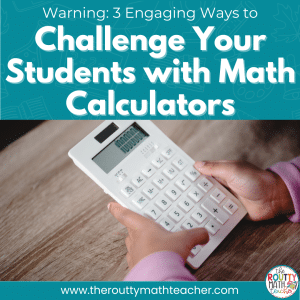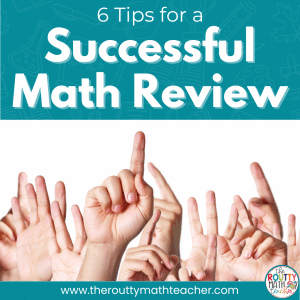Math Technology Activities: Three Strategies
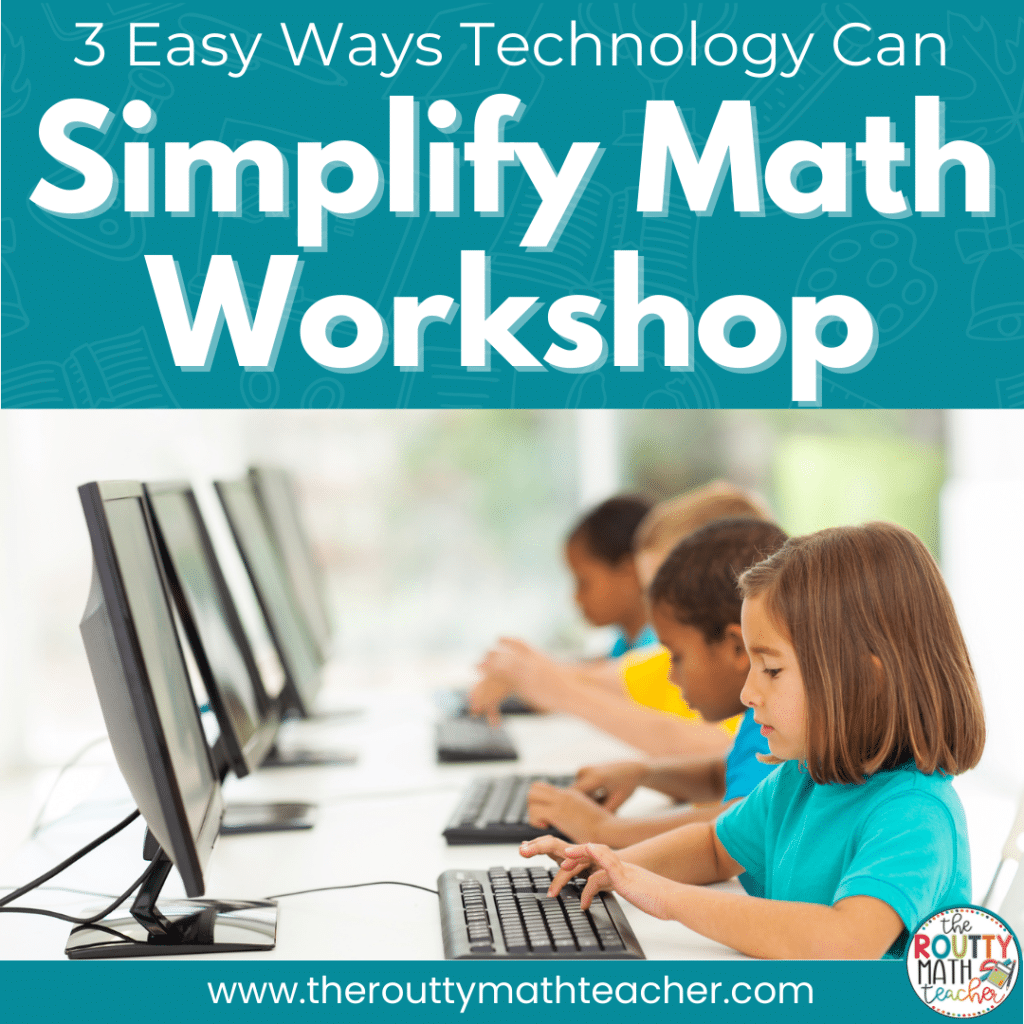
Update math workshop in your classroom with technology! In this post, I share three easy ways math technology activities can simplify math workshop and your math station rotation.
The fading humdrum of the vacuum cleaner told me the custodians were ready to leave.
It was just me . . . my notepad, my favorite Flair pen, and my computer.
I stared at my blank paper with an “I’ve got nothing” look.
It was late, too late, to muster up the strength to think about next week.
My brain was blank and my mind was fried.
I remember a lot of lonely Friday nights like this.
It was always after the students went home and my teammates, who always wanted to stop by for an hour-long chat, left for the weekend.
Planning Made Easy
Math stations are one of the most successful tools for the classroom! (And if you read my blog for a while, you know I write about math stations often. 😁) But, scouring through resources to plan station activities is a challenge, especially after a long week when you’re ready to go home.
Admittedly, when you’re first starting out, it’s daunting to look for new practice and challenge activities each and every week. But, with an organized station set-up, I only needed to “drag and drop” activities into my math station rotation planning sheet to prepare for each week.
How can you create a “drag and drop” playlist? Read on my friend!
What Now?
At the time, my class had access to a small number of computers, so I started plugging-in a fun and engaging online activity for students to complete at one of the stations. This was such a success that online math games became my go-to resource! Over time, I even created a list of over 100 games, via my classroom website, students could play to review our fourth- and fifth-grade math skills.
Technology offers great opportunities to extend student learning and engage students in a way paper-and-pencil tasks can’t. The best part– there is more than one way to integrate technology into the math classroom.
Three Math Technology Activities
Here are three easy ways math technology activities can simplify math workshop and your math station rotation.
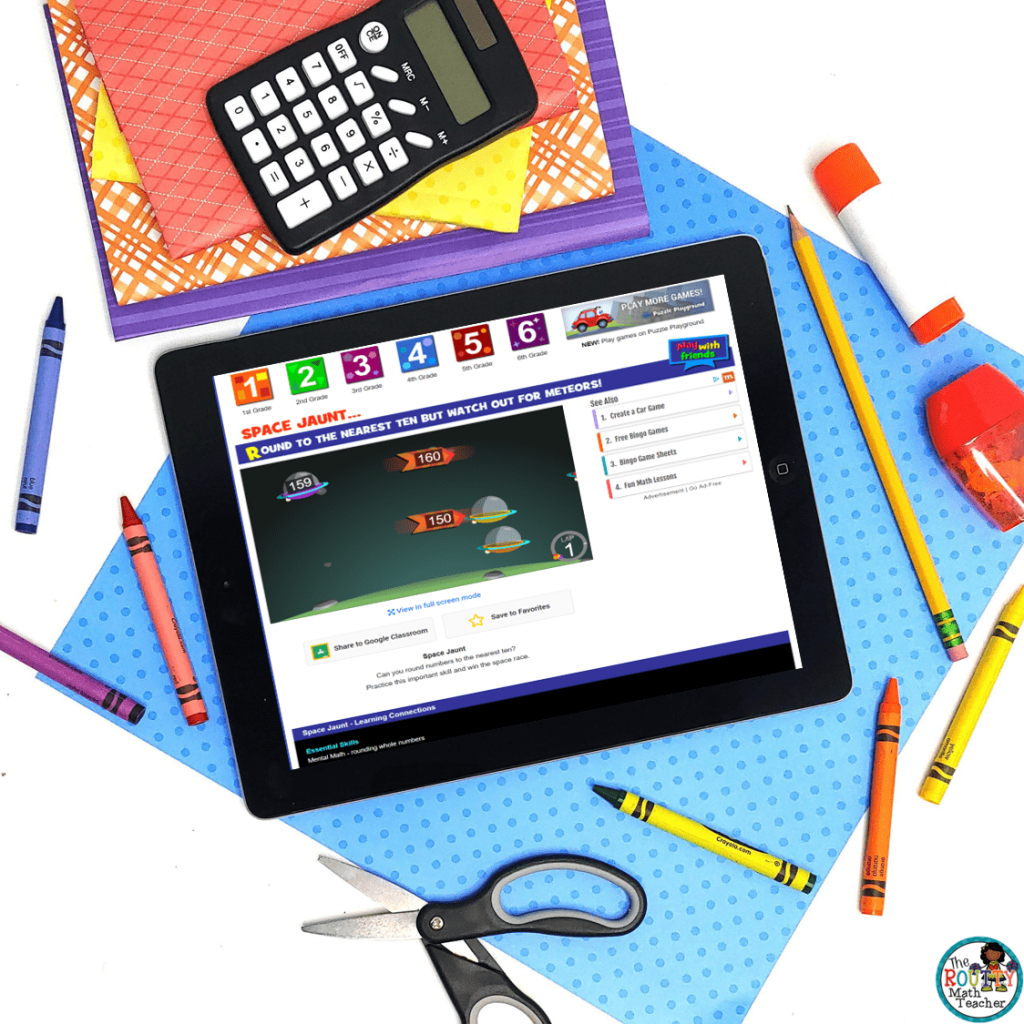
Math Applets and Games
Students love to play games on the computer! In fact, they devour them! And, good news, there are hundreds available to use. If you are fortunate to have iPads in your classroom, there are also dozens of math apps, many of them free, to use in the classroom as well.
Need website ideas? Check out some of my students’ favorites below.
- https://gregtangmath.com/games
- https://www.funbrain.com/math-zone
- http://www.mathgametime.com/
- https://www.mathplayground.com/ASB_Index.html
- http://www.eduplace.com/kids/mhm/
- https://www.multiplication.com/games
Of course, there are many paid resources as well. Try reaching out to your parent-teacher organization to help you fund these investments.
Over the years, I’ve heard some teachers say they feel playing games on the computer does not provide accountability for student learning. I hear you! If this is an issue for you, consider having students submit a screenshot of their end screen which shows the game played and potentially the student’s score. You may also want to consider creating a quick quiz via Google Forms to assess student understanding of the skill after playing the game.
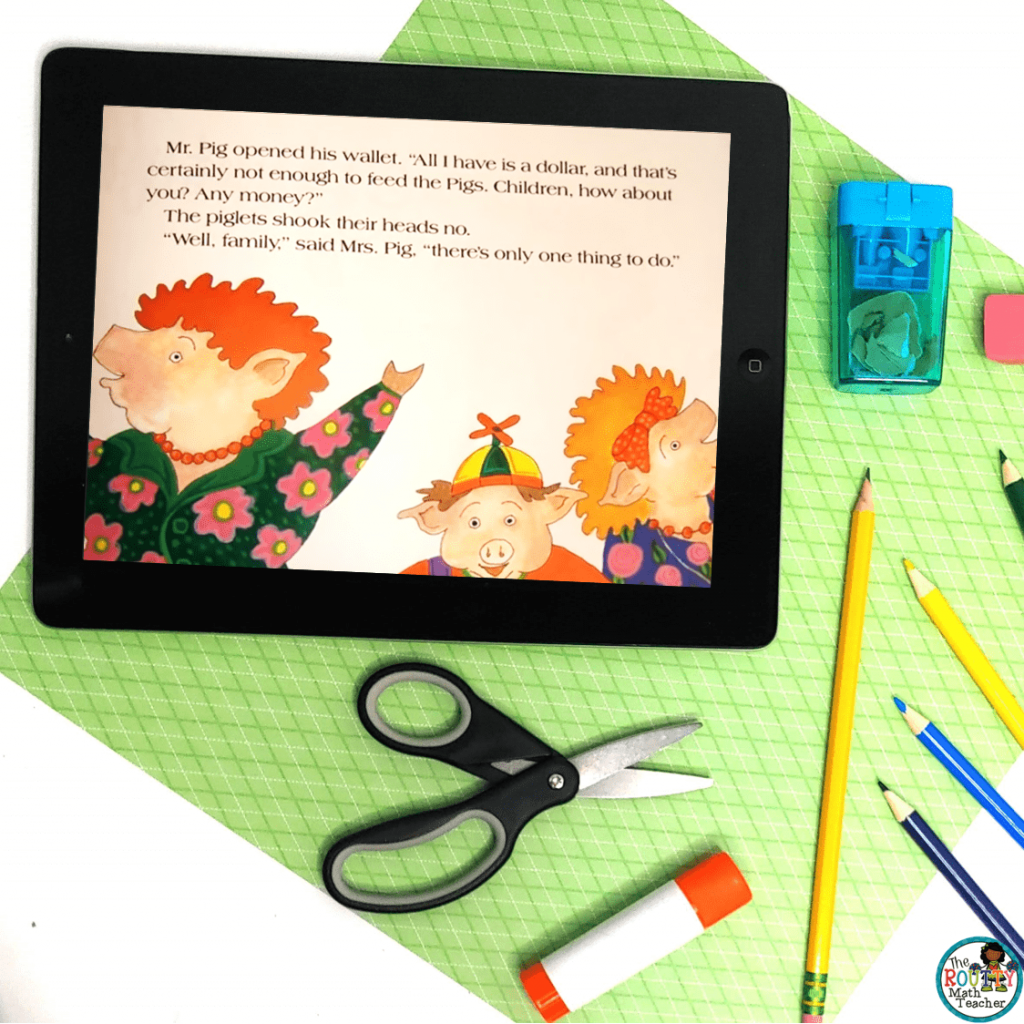
Videos and Tutorials
On a recent visit to a super cute all-girls school in Dallas, Texas, a third-grade classroom intrigued me! All of the students were engaged using different technology applications.
The class was divided into three groups. The group at the front of the class reviewed a BrainPop lesson with the teacher. Another group engaged in an online game to review the target skill and the third group watched a math video and completed a follow-up lesson. It was so cool to see! Admittedly, I never thought much about assigning videos during math workshop, but what a great idea!
The growing popularity of flipped classrooms gives students the opportunity to watch videos and complete tutorials during math workshop to learn content at their own pace. Content is then reinforced in a small group setting or as a large group later in the lesson cycle.
Videos are also fantastic springboards into a lesson! In fact, it’s an excellent way to use math ‘n’ literature. For example, record yourself reading a math picture book, such as Pigs will be Pigs by Amy Axelrod, while sharing the pictures via video. Then create a follow-up activity to extend the learning. (Disclaimer: If you use this technique, I recommend making the videos accessible only to you and your students. Posting the video online for the world to see could be a violation of copyright laws. Check with the book publisher for more information.)
Need videos to jumpstart your math workshop? Check out my favorite resources: Khan Academy, BrainPop, and YouTube. Note: Be sure to preview videos, especially YouTube videos before using them with your students.
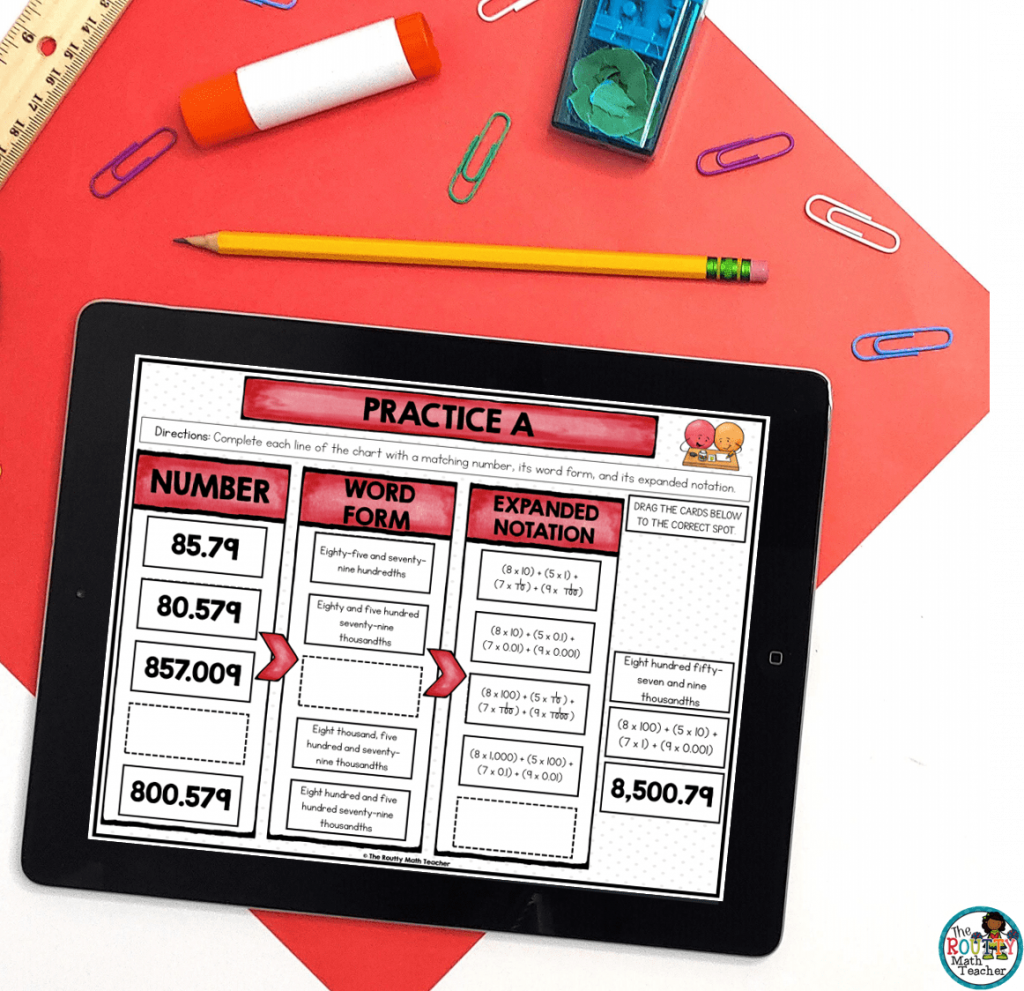
Digital Activities
Popular learning platforms, like Google Classroom and Seesaw, give teachers many more ways to integrate math and technology. In fact, digital activities have gained popularity, especially since this was the primary mode of instruction during the recent pandemic.
So, what is a digital activity? Digital activities are much like the activities students complete with paper and pencil, but they are on the computer. From task cards and drag and drop activities to online quizzes, students can complete the same learning activities they do at their seats with a computer or a tablet.
Digital activities save tons of time and energy preparing materials for students– just assign the activities and go! Most activities can be assigned via a direct link to the activity or via Google Classroom. Additionally, there are a plethora of activities available on the web, too!
Watch a digital activity in action in the video below.
Don’t see the video? Click here to see a digital activity in action!
Drag ‘n’ Drop
Many classrooms have regular access to computers and tablets, so let’s take advantage of them. After all, it’s one less activity to create when you’re exhausted after a long week of teaching, grading, and listening to parent complaints concerns.
Adding technology activities to my math station rotation helped me fill my math station buckets and gave me my Friday nights back. After a while, I even had a “plug ‘n’ play” list of technology activities and resources I could pull from when I sat down to plan my station rotations, simplifying my planning process and putting an end to me staying at school until midnight, yes, you read that right, digging through all of my resources to find the best learning activities to help students master the next week’s target skills.
Need help getting started using technology in math workshop? Check out these management tips and grab the free download!
Ready to Get Started?
Give digital activities a try! Grab a free activity using the form below!
Sound Off!
What types of math technology activities do you use in your classroom? Respond in the comments below.




